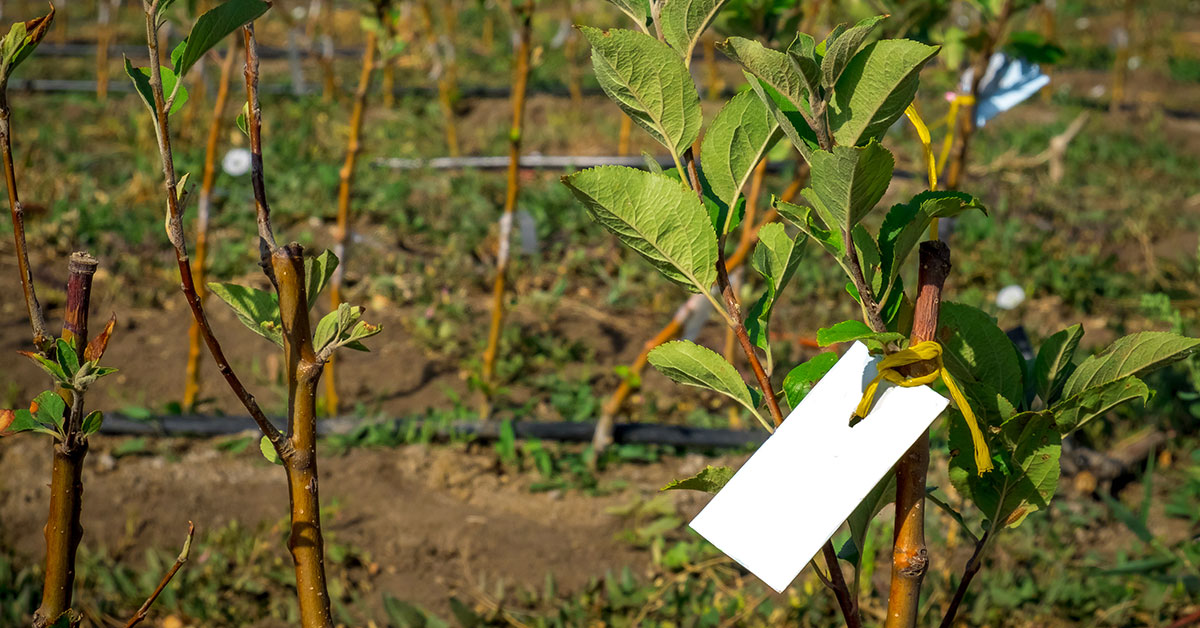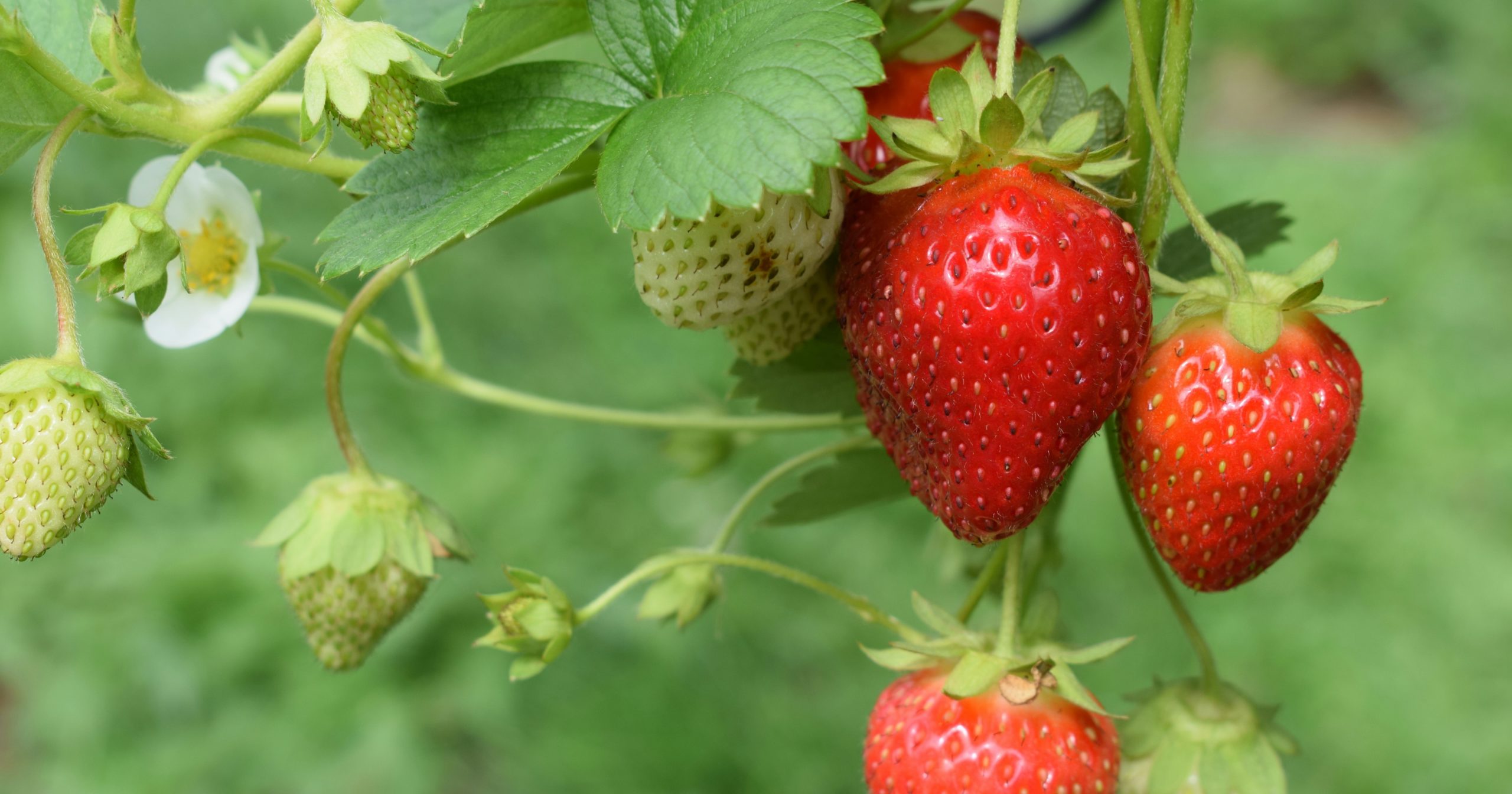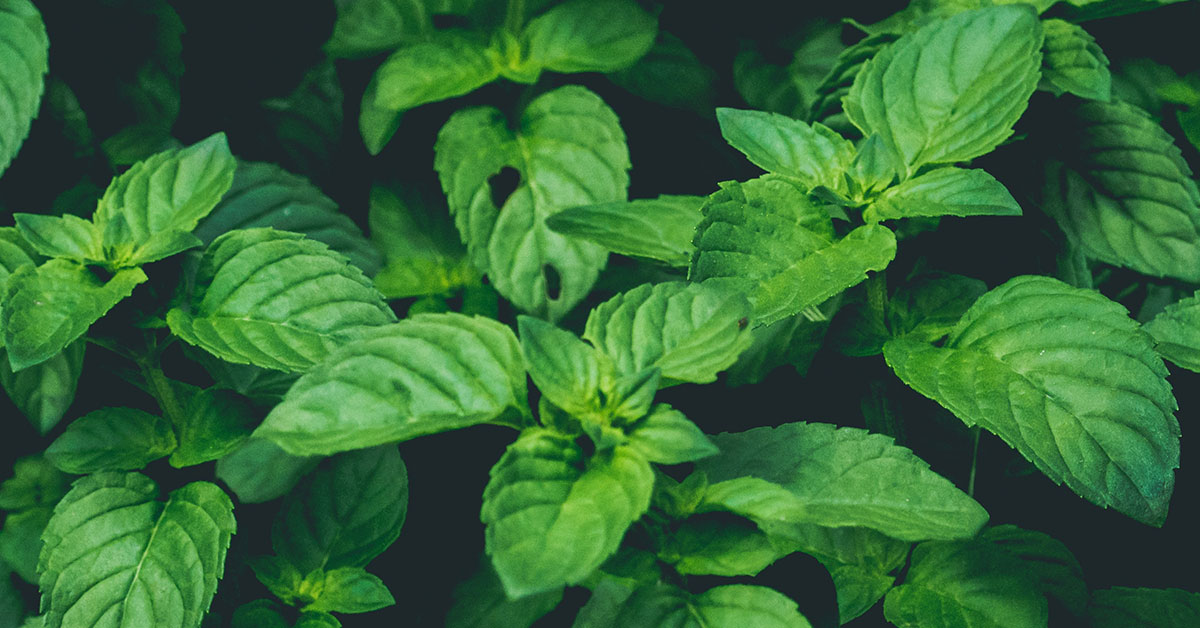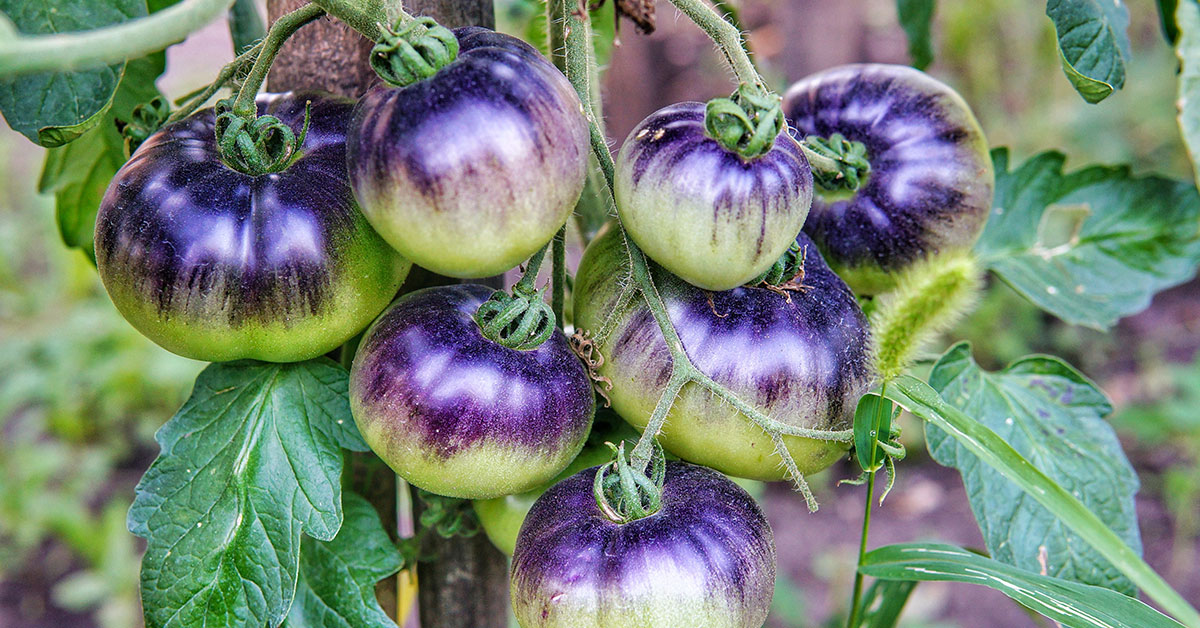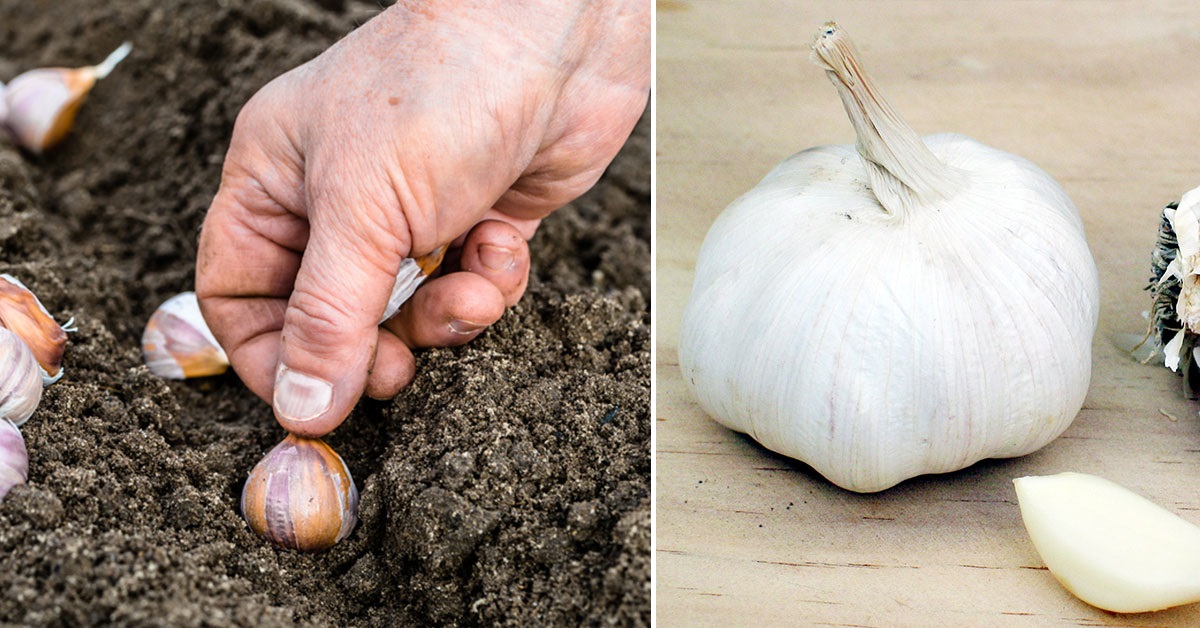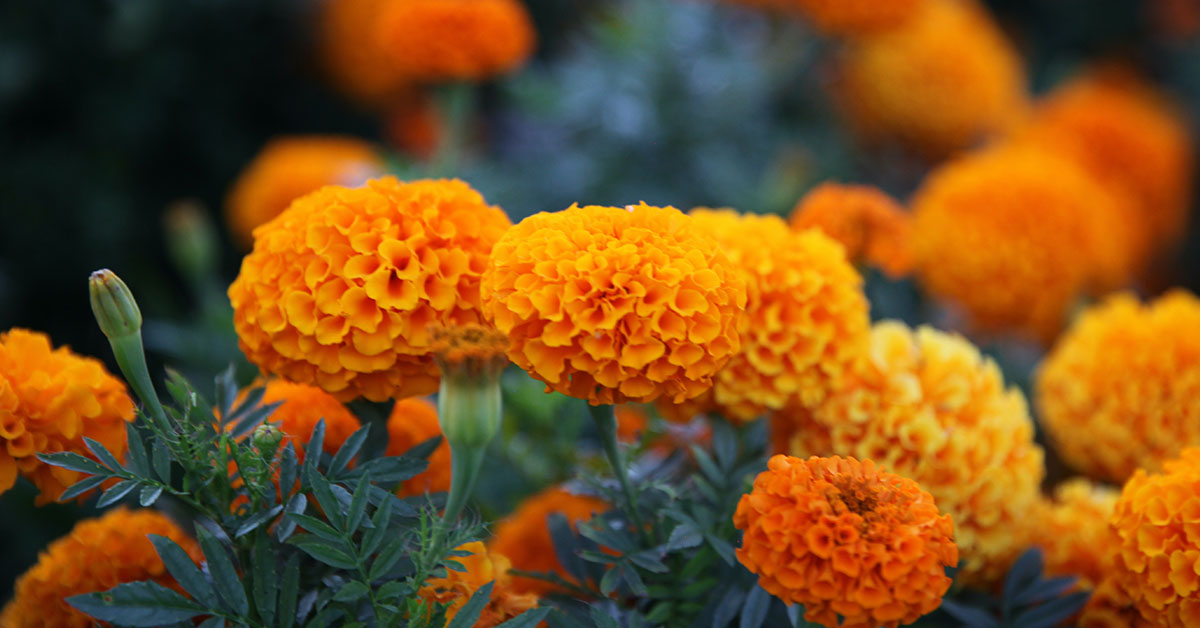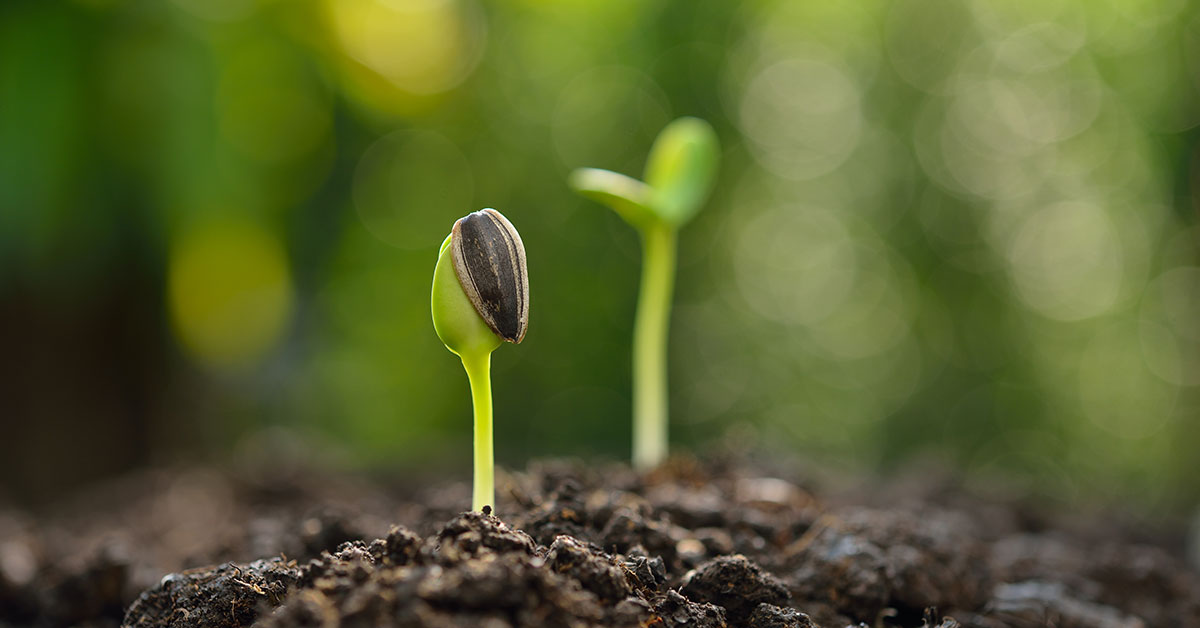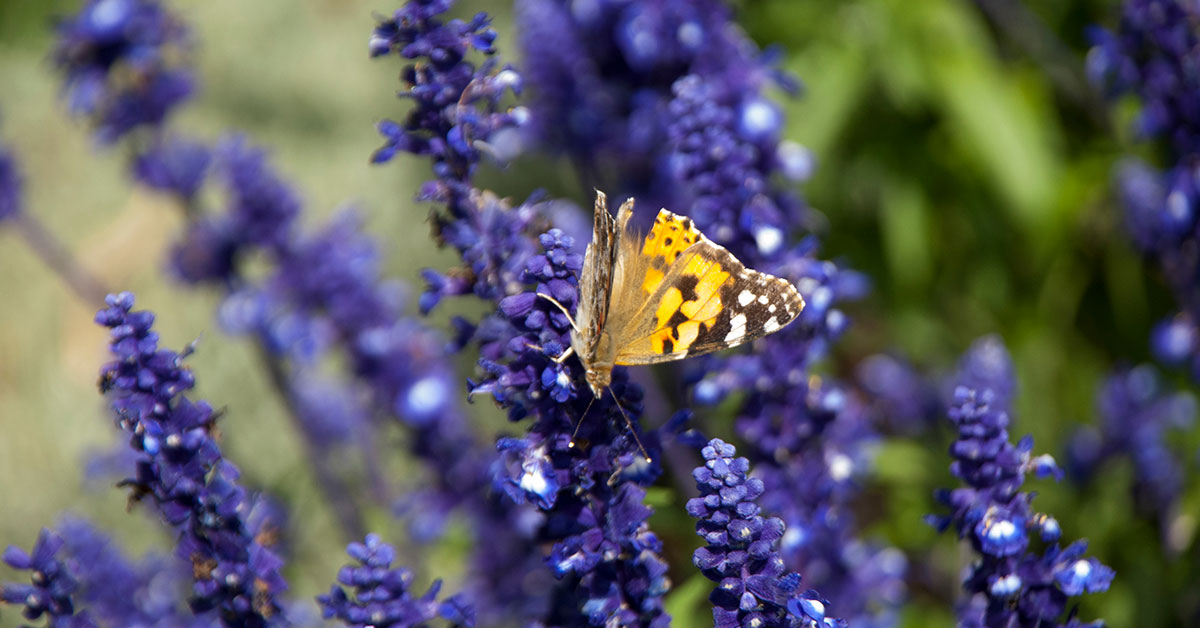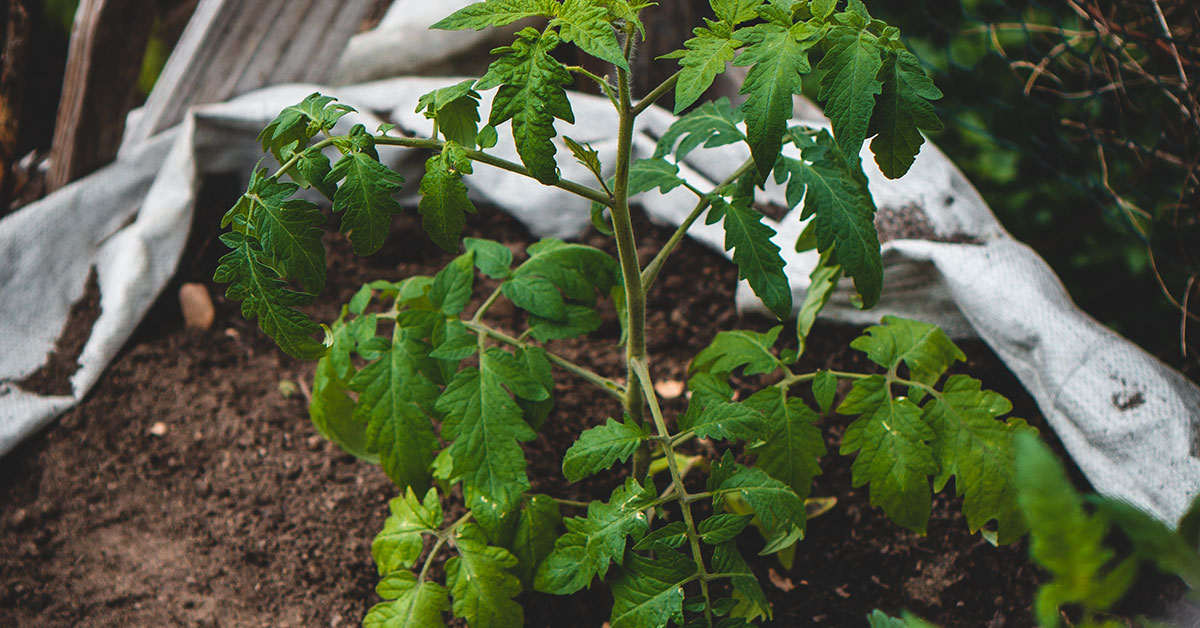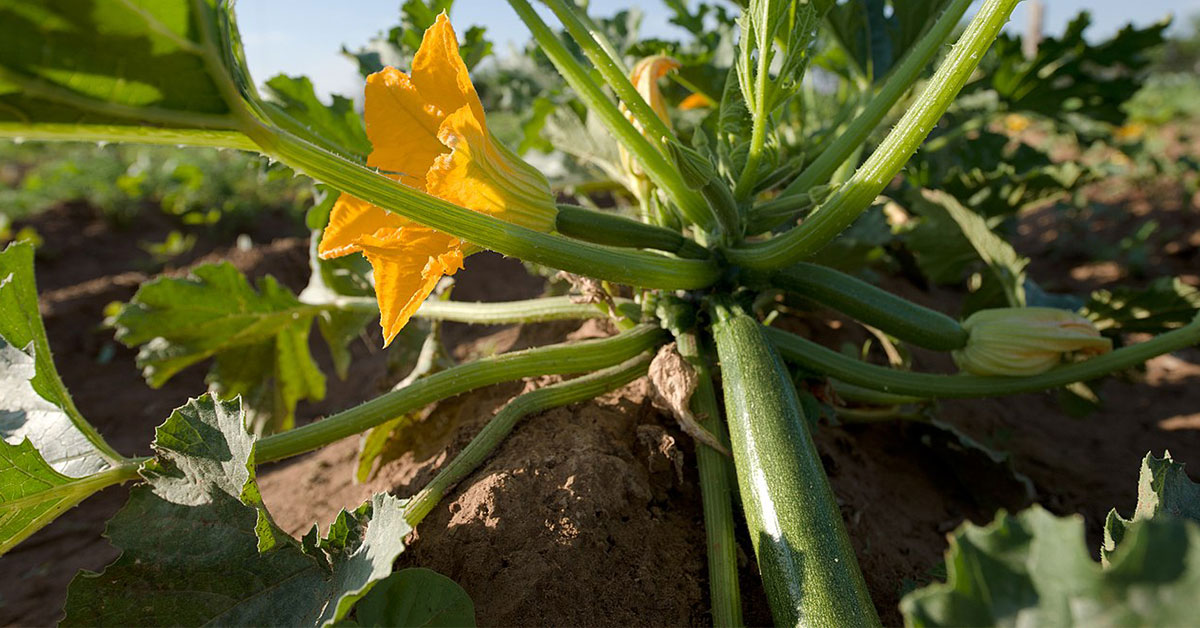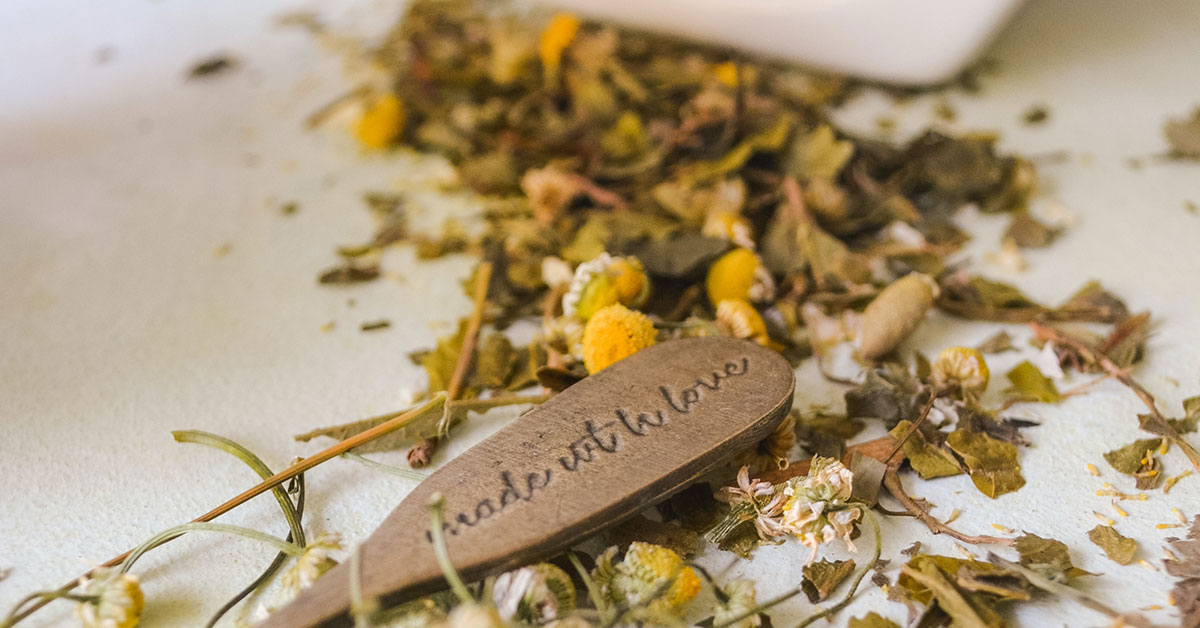Welcome to the world of growing Forelle pears, a delightful and petite variety that is sure to add a touch of elegance to your garden or orchard. Known for its distinctive green and red speckled skin, the Forelle pear offers a crisp and sweet flavor that is simply irresistible. In this article, we will delve into the art of cultivating Forelle pear trees, from selecting the right planting location to providing proper care and maintenance throughout the growing season.
Whether you are a seasoned gardener or a novice with a green thumb, this comprehensive guide will equip you with the knowledge and techniques needed to successfully grow and harvest your very own Forelle pears. So, let’s dive in and uncover the secrets to nurturing these beautiful and delicious fruits!
What are Forelle Pears?
Forelle pear is a small to medium-sized variety of pear that originated in Germany. It is known for its unique and attractive appearance, with a yellow-green skin covered in red freckles or speckles. The shape of the fruit is typically elongated and slightly curved, resembling a miniature version of a traditional pear. Forelle pears have a crisp and juicy texture, making them enjoyable to eat fresh. The flavor is sweet and slightly tart, with hints of citrus and vanilla.
They are often described as having a refreshing and delicate taste. This variety of pear is known for its excellent storage capabilities, allowing it to be enjoyed for an extended period after harvest. It is also a good choice for canning or baking due to its firm flesh that holds its shape well when cooked. Forelle pear trees are relatively small and compact, making them suitable for smaller gardens or even container cultivation. They are known for their ornamental value, as the tree produces beautiful white flowers in spring, followed by the vibrant and eye-catching fruit.
When it comes to growing Forelle pears, they prefer full sun exposure and well-drained soil. They are generally hardy and can tolerate a range of climates, but they thrive in areas with cool summers. Proper pruning and thinning of the fruit are essential to ensure good air circulation and prevent overcrowding. Overall, Forelle pears are a delightful and visually appealing variety that offers a delicious and versatile fruit for both fresh consumption and culinary uses.
What do Forelle Pears taste like?
Forelle pears are known for their unique and delightful flavor profile. They have a sweet and tangy taste, with a crisp and juicy texture. The flavor is often described as refreshing and slightly citrusy, with hints of lemon and melon. The sweetness is balanced with a subtle tartness, making Forelle pears a perfect choice for those who enjoy a combination of sweet and tangy flavors. The texture is firm yet smooth, providing a satisfying crunch when bitten into. Overall, Forelle pears offer a refreshing and flavorful eating experience that is sure to please any pear lover.
How to start Forelle Pears from seeds
Starting Forelle pear trees can be a rewarding experience. Here is a step-by-step guide to help you successfully grow Forelle pear trees:
- Selection of graft stock: It is recommended to start Forelle pear trees from graft stock rather than seeds. This ensures that you will get a tree with the desired characteristics of the Forelle variety. Look for a reputable nursery or supplier that offers Forelle pear graft stock.
- Planting location: Choose a location that receives full sun for at least 6-8 hours a day. The soil should be well-draining, fertile, and slightly acidic with a pH level between 6.0 and 7.0. Avoid areas prone to frost pockets or strong winds.
- Soil preparation: Prepare the planting area by removing any weeds, rocks, or debris. Dig a hole that is wide and deep enough to accommodate the root system of the graft stock. Incorporate organic matter such as compost or well-rotted manure into the soil to improve its fertility and drainage.
- Planting the graft stock: Carefully remove the Forelle pear graft stock from its container or packaging. Place the root system into the prepared hole, ensuring that the bud union (the swollen area where the graft was made) is above the soil line. Backfill the hole with soil, gently firming it around the roots to eliminate air pockets.
- Watering: After planting, thoroughly water the Forelle pear tree to settle the soil around the roots. Provide regular watering during the first growing season to help the tree establish a strong root system. Water deeply, but avoid overwatering, as excessive moisture can lead to root rot.
- Pruning: Pruning is essential for shaping the tree, promoting airflow, and encouraging fruit production. In the first year, focus on removing any damaged or crossing branches. As the tree grows, follow proper pruning techniques to maintain an open center and remove any dead, diseased, or overcrowded branches.
- Fertilization: Apply a balanced fertilizer in early spring before new growth begins. Follow the manufacturer’s instructions for the appropriate amount and method of application. Avoid excessive use of nitrogen, as it can promote vegetative growth at the expense of fruit production.
- Pest and disease management: Regularly monitor your Forelle pear tree for pests such as aphids, pear psylla, and codling moths. Use organic or chemical control methods as necessary to prevent infestations. Additionally, be on the lookout for diseases like fire blight and take prompt action if symptoms appear.
- Harvesting: Forelle pears are typically ready for harvest in late summer or early fall. The fruit should be firm but not hard when gently squeezed. Harvest the pears by twisting them gently or cutting the stem close to the fruit. Allow the pears to ripen off the tree at room temperature for a few days before enjoying them.
Remember to provide regular care and maintenance to your Forelle pear tree, including watering, fertilizing, and pest management. With proper attention, you can enjoy a bountiful harvest of delicious Forelle pears for years to come.
When to plant Forelle Pears outdoors
The ideal time to plant Forelle Pear trees is in late winter or early spring, before the tree starts to break dormancy. This is typically between February and April, depending on your specific climate and region. Planting during this time allows the tree to establish its root system before the onset of hot summer weather.
Growing & care guide Forelle Pears
Forelle pears are a delightful variety known for their small size, sweet flavor, and attractive red and green skin. To ensure the health and productivity of your Forelle pear tree, it is essential to follow some best practices for its care. Here are some guidelines to help you successfully grow and maintain your Forelle pear tree:
- Planting: Choose a location that receives full sun for at least six hours a day. Forelle pears prefer well-draining soil with a pH level between 6.0 and 7.5. Before planting, dig a hole that is wide and deep enough to accommodate the tree’s root system. Place the tree in the hole, making sure the bud union (the swollen area where the tree was grafted onto the rootstock) is above the soil line. Fill the hole with soil, gently firming it around the roots.
- Watering: Adequate watering is crucial, especially during the tree’s first few years. Water deeply and regularly, ensuring the soil remains consistently moist but not waterlogged. During dry spells, increase the frequency of watering. Mulching around the base of the tree with organic matter can help retain moisture and suppress weed growth.
- Fertilization: Apply a balanced fertilizer, such as a 10-10-10 or 14-14-14 NPK formulation, in early spring before new growth begins. Follow the manufacturer’s instructions for the appropriate amount to use based on the size and age of your tree. Avoid excessive nitrogen fertilization, as it can promote excessive vegetative growth at the expense of fruit production.
- Pruning: Pruning is essential for maintaining the shape, health, and productivity of your Forelle pear tree. Prune during the dormant season, typically in late winter or early spring before new growth emerges. Remove any dead, damaged, or diseased branches. Thin out crowded areas to improve air circulation and sunlight penetration. Prune to create an open center or modified central leader shape, allowing for better fruit production and easier maintenance.
- Pest and Disease Control: Monitor your Forelle pear tree regularly for signs of pests or diseases. Common pests that can affect pear trees include aphids, pear psylla, and codling moth. Use organic or chemical insecticides as necessary, following the instructions carefully. Diseases like fire blight, pear scab, and powdery mildew can also impact pear trees. Maintain good sanitation practices, such as removing fallen leaves and fruit, and consider using appropriate fungicides to prevent or manage these diseases.
- Harvesting: Forelle pears are typically ready for harvest in late summer or early fall, depending on your climate. Harvest the pears when they are fully mature but still firm. Twist the fruit gently, and if it detaches easily from the tree, it is ready to be picked. Store the harvested pears in a cool, dark place for a few days to allow them to ripen fully.
By following these best practices, you can ensure the health and productivity of your Forelle pear tree. Remember that each tree is unique, and it is essential to adapt your care practices based on your specific growing conditions and the tree’s individual needs.
Harvesting guide for Forelle Pears
Forelle pears are a popular variety known for their small size, sweet flavor, and attractive red and green speckled skin. Harvesting Forelle pears at the right time is crucial to ensure optimal taste and texture. Here’s a guide on when and how to harvest Forelle pears:
- Timing: Forelle pears are typically ready for harvest in late summer or early fall, depending on your specific climate and growing conditions. The best way to determine if they are ready is by observing their color and firmness.
- Color: Forelle pears should have a yellowish-green base color with red or maroon speckles covering the skin. As they ripen, the red speckles will become more pronounced. Avoid harvesting them when they are still mostly green, as they may not have reached their full sweetness.
- Firmness: Gently press your thumb near the stem end of the pear. If it yields slightly to pressure, it is likely ripe and ready to be harvested. However, if it feels too soft or mushy, it may be overripe.
- Harvesting: To harvest Forelle pears, follow these steps:
a. Use pruning shears or a sharp knife to cut the stem about half an inch above the fruit. Avoid pulling or twisting the pear, as it can damage the tree or cause the fruit to bruise.
b. Hold the pear gently to prevent bruising and place it in a basket or container. Be careful not to stack them on top of each other, as this can lead to bruising or damage. - Ripening: Forelle pears are typically picked when they are still firm and require some time to ripen fully. Place the harvested pears in a cool, dark, and well-ventilated area, such as a basement or pantry. Check them regularly for ripeness by gently pressing near the stem end. Once they yield to slight pressure, they are ready to eat.
- Storage: If you want to store Forelle pears for a longer period, you can place them in the refrigerator. Keep them in a plastic bag with holes to maintain humidity. They can last for several weeks in cold storage.
Remember, pears are best when allowed to ripen off the tree. So, don’t worry if they are still slightly firm when harvested. With proper care and storage, you can enjoy the delicious flavor of Forelle pears at their peak.
